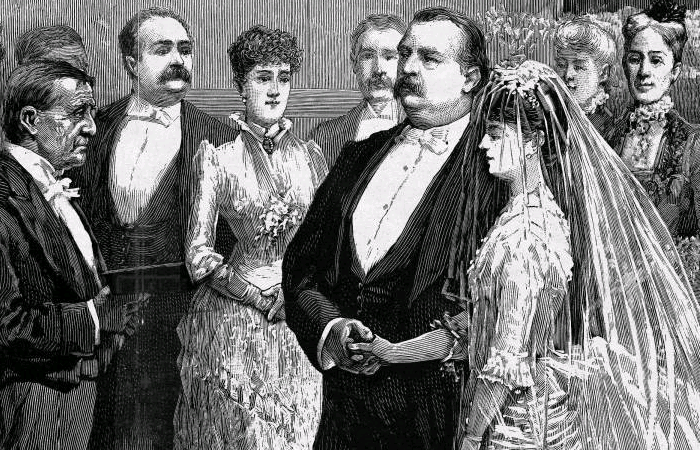Antin’s book is a book of personal reminiscence rather than theory, and as such, we must de-construct the work to appreciate what it meant at the turn of the 20 century to become a “typical” American. Antin, a person of rare intelligence, sensitivity and aspirations can hardly be portrayed as typical in any country in any time. Certainly Antin was no more the typical immigrant than Viktor Frankl (author of
Man’s Search for Meaning) was the typical Holocaust inmate. She did however, live the life and is able to reveal (sometimes unintentionally) the forces at work in transforming immigrants into Americans.
Antin begins with a portrayal of Jewish life in Tsarist Russia. The environment is one characterized by both external and internal restrictions. The external restrictions began with the geographic confinement of Jews to a certain area, “the Pale” (Antin, 7). Even within this geographic area, Jews were subject to persecution and prejudice, forcing the Jewish population to engage in “humiliating dissimulation” when dealing with officials and Gentiles in general. Jews lived in constant fear of bloody pogroms (often tacitly encouraged by the Government), and were continually required to pay fees to avoid brutalization or to enjoy rights readily available to Gentiles (Antin 10-17). Internal restrictions centered on the rigidity of Jewish religious customs which limited the horizons of people such as Antin’s father (Antin,53). The lot of women was even more restricted since education (which was entirely religious, secular education being effectively denied to Jews) was largely a male prerogative. Even marriages were arranged by families with little input from the bride (Antin,32). Antin compares the lot of women to that of a “treadmill horse” (Antin, 78).
In America, the external restrictions of Russia vanish. Antin notes that in America the immigrant is free to reside, travel and work wherever he pleases (Antin, 160). Above all, education is free, and Antin is free to “fashion my own life” (Antin, 156), as equal under law as any other person and a “fellow citizen” as worthy as the most notable (e.g. George Washington)(Antin, 177). Internal restrictions (immigrant customs) give way too. Antin’s father, who even in Russia was a man aspiring to a new way of life/thinking, permits his wife to pursue Jewish customs so long as orthodoxy does not interfere with American progress (Antin, 195). The collapse of traditional customs as the normative standard for behavior is bewildering to the first generation and leads to a certain disintegration within the family (Antin, 213).
Perhaps a more typical immigrant is Mary Antin’s sister, Frieda, who goes into the workplace and then marries a laborer. According to Mary, Frieda lives “vicariously” and is apt to have been the type of immigrant most influenced by the cinema and mass culture. Similarly, when Mary’s friend, Goldie’s, father tells his daughter “everything is possible in America if you work hard”, and promises to support her educational efforts, the girl responds that after graduating from grammar school she intends to get a job at Jordan Marsh’s big store, earn three dollars a week and have lots of fun with the other girls. This immigrant’s world is being fashioned by consumerism and mass culture.
Mary Antin was intellectual and poetic by nature; reading, writing, and corresponding with the great men of the day and concerned with the poetic, political and metaphysical. Hers was a highly individual path. The more typical immigrant was primarily the consumer of mass culture.
My titles on Amazon My titles at Barnes & Noble
The best reading
experience on your Android phone or tablet, iPad, iPhone, Mac, Windows 8 PC or
tablet, BlackBerry, or Windows Phone.







